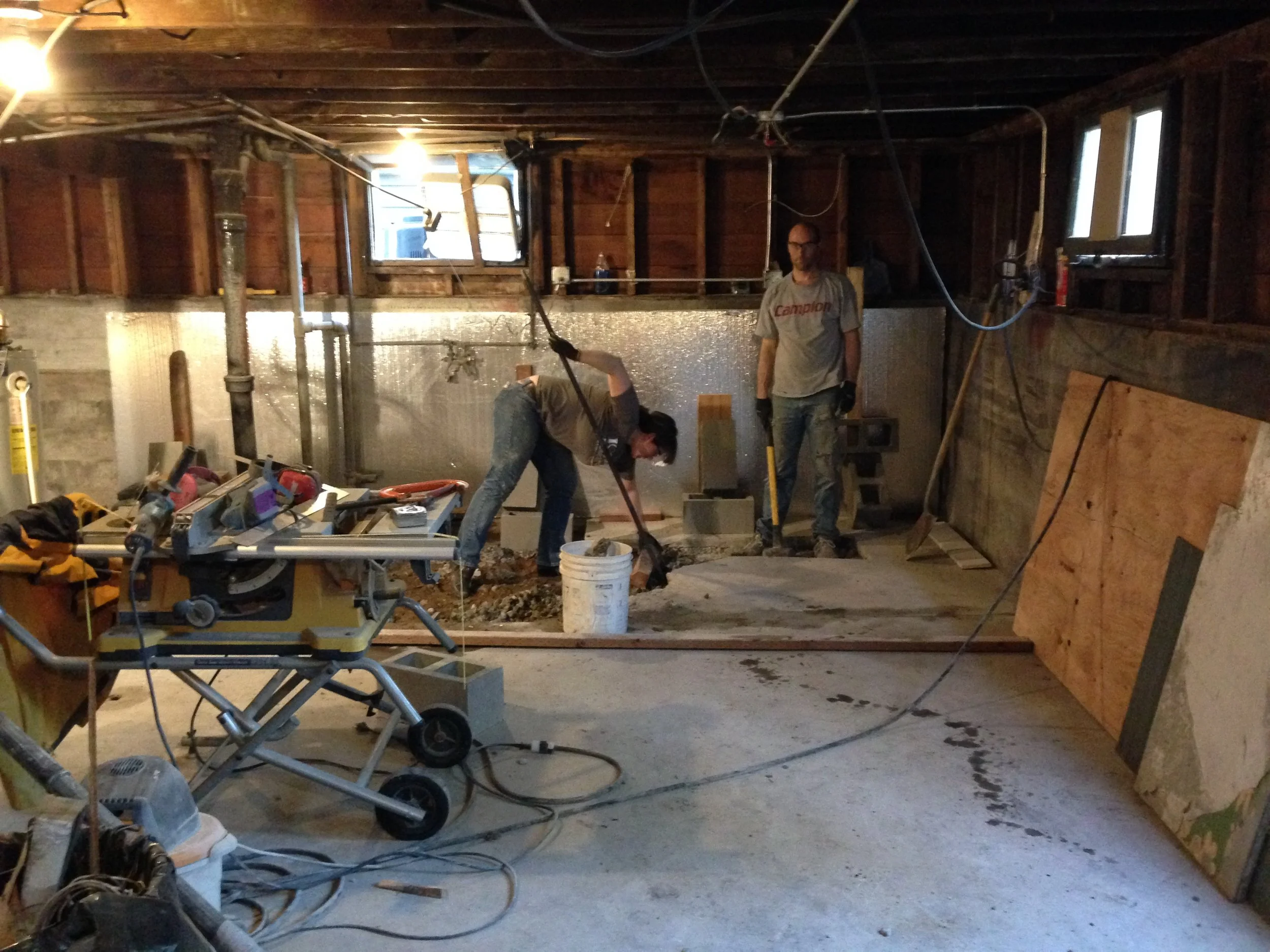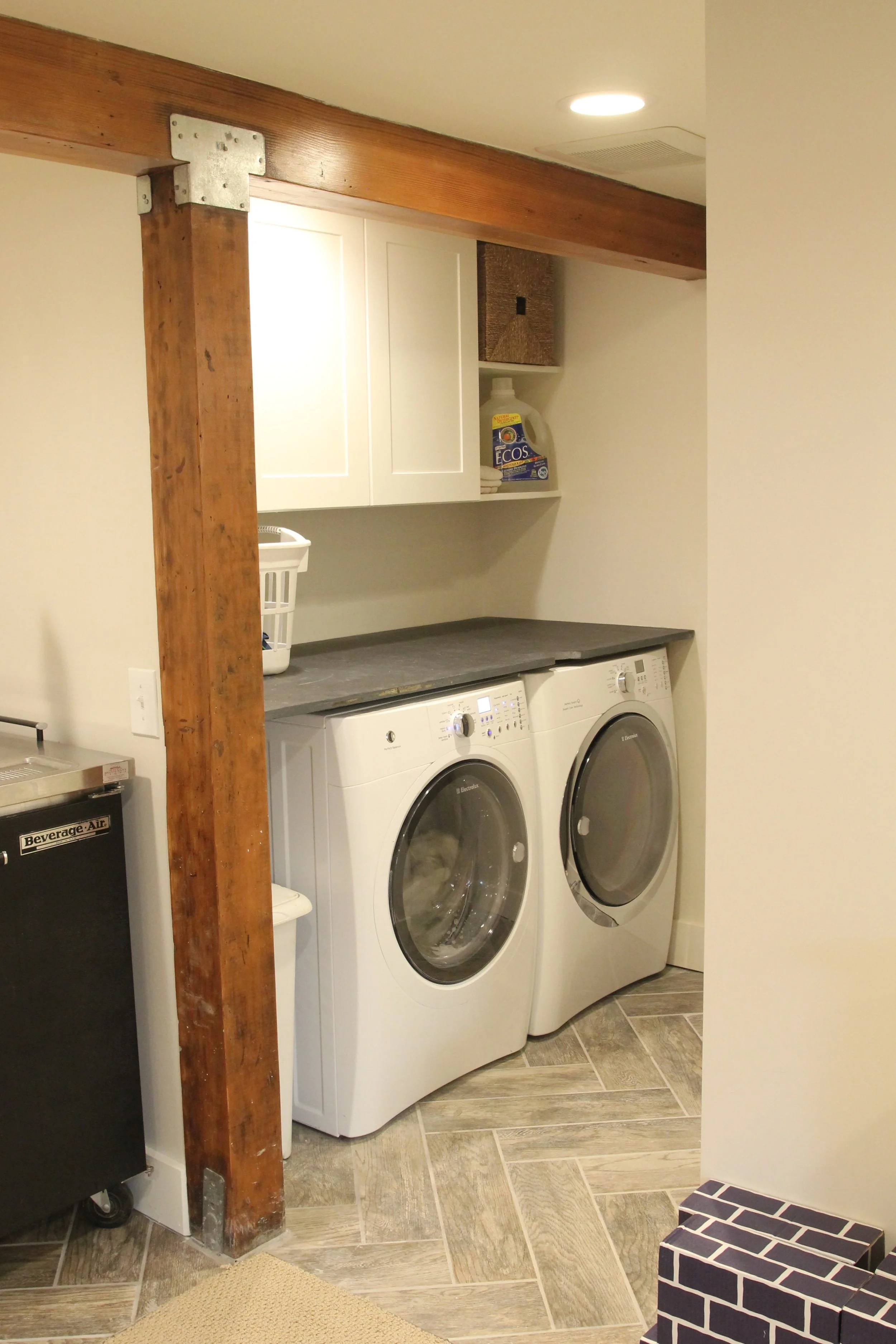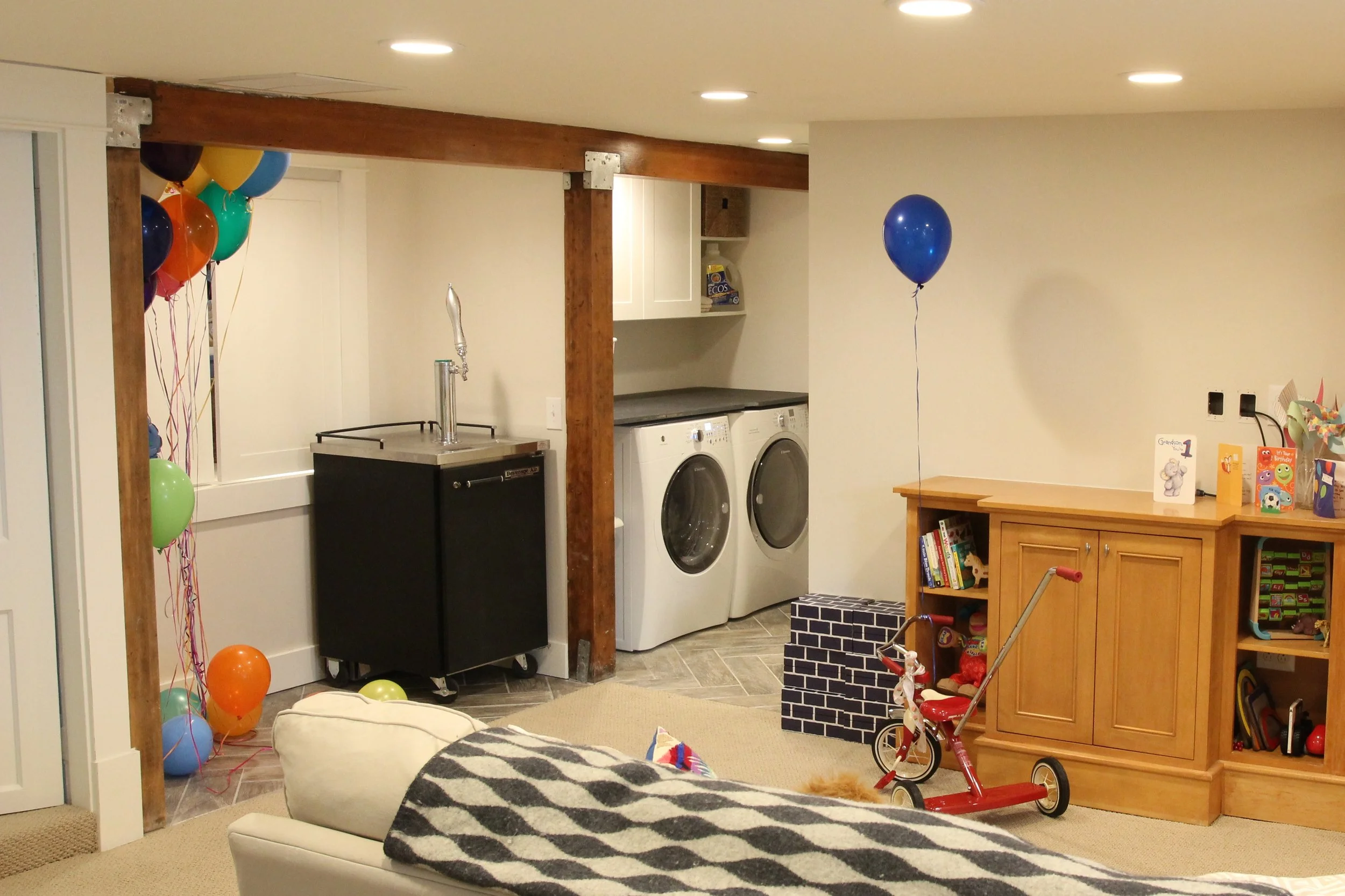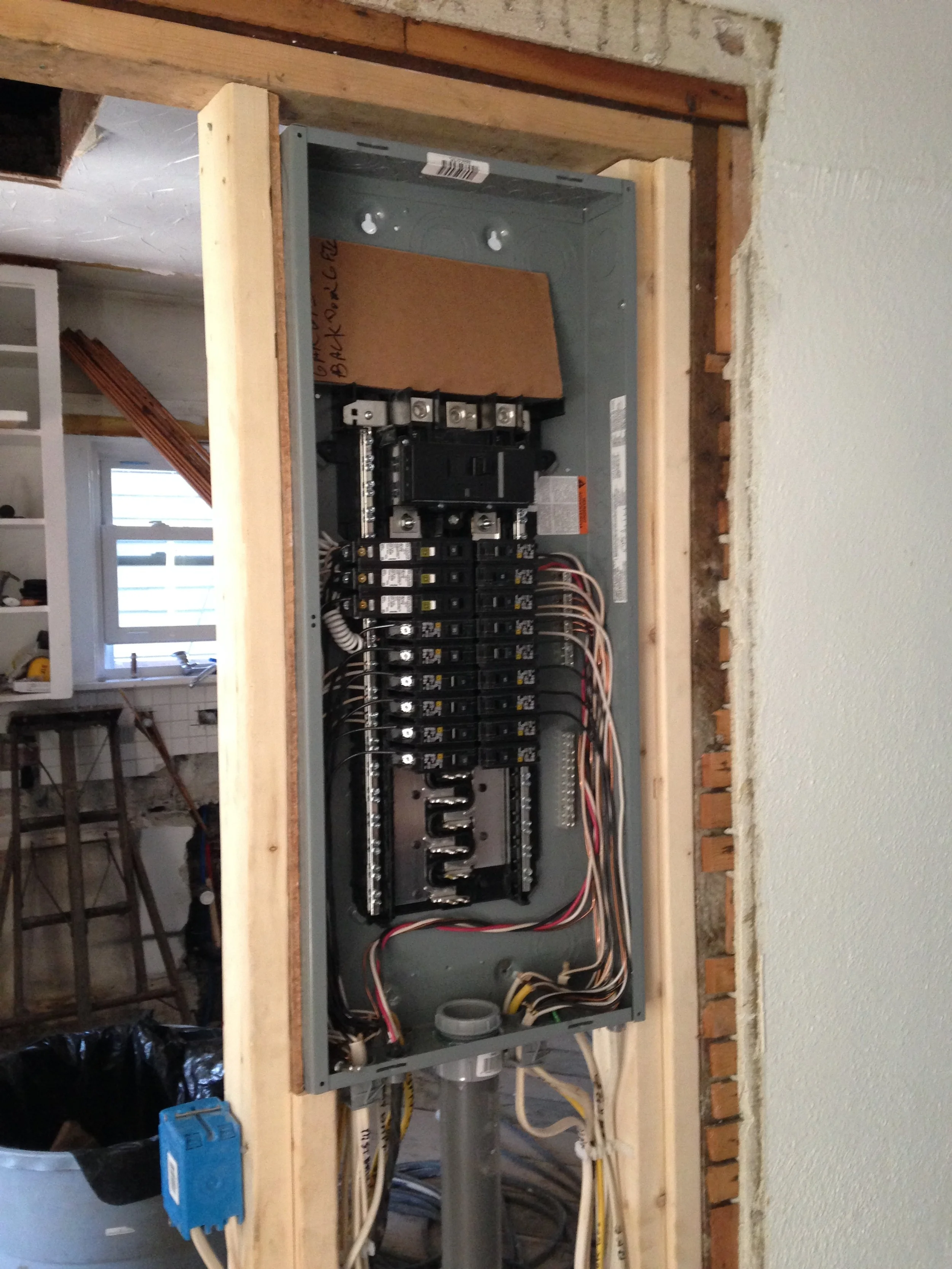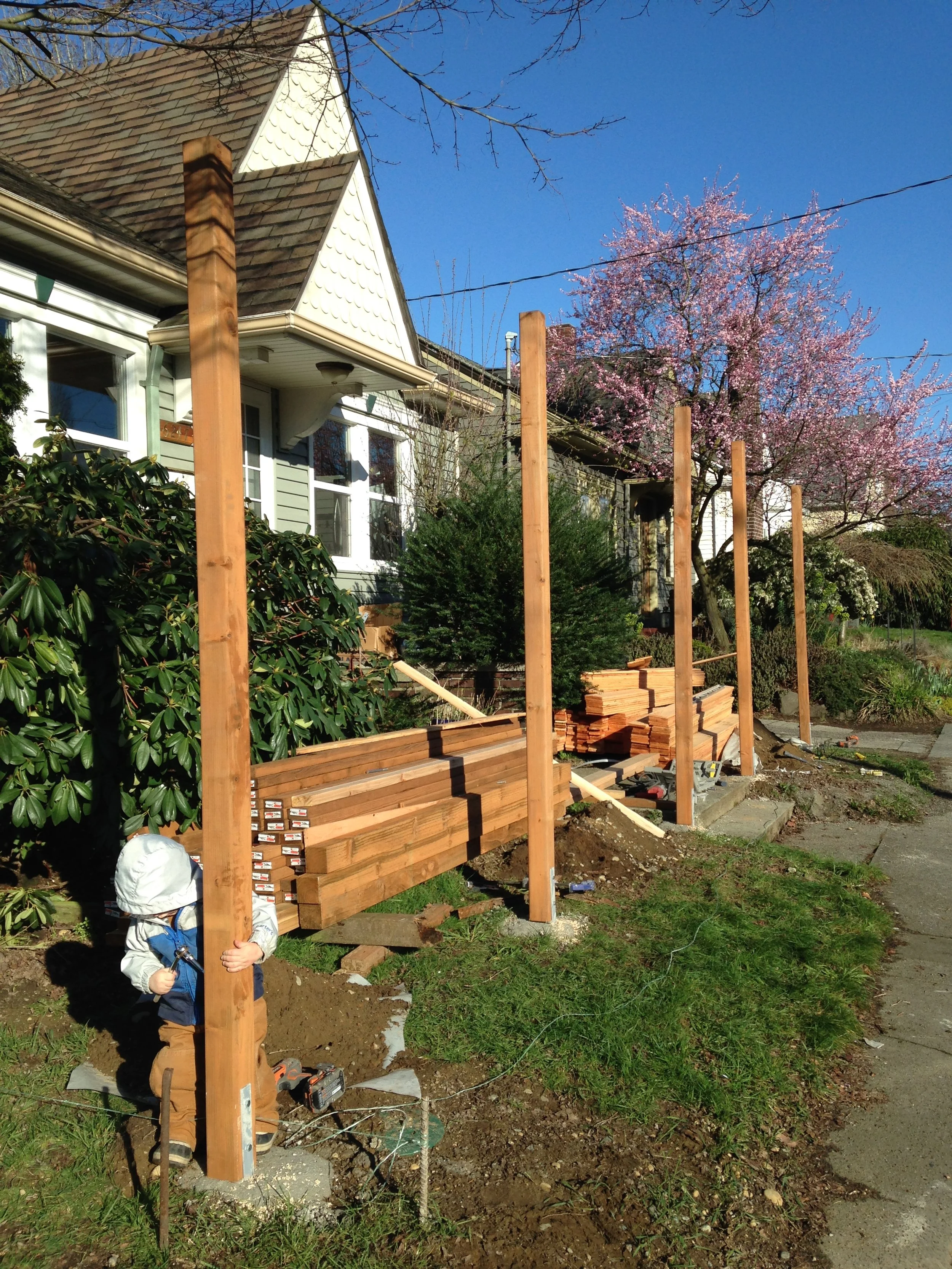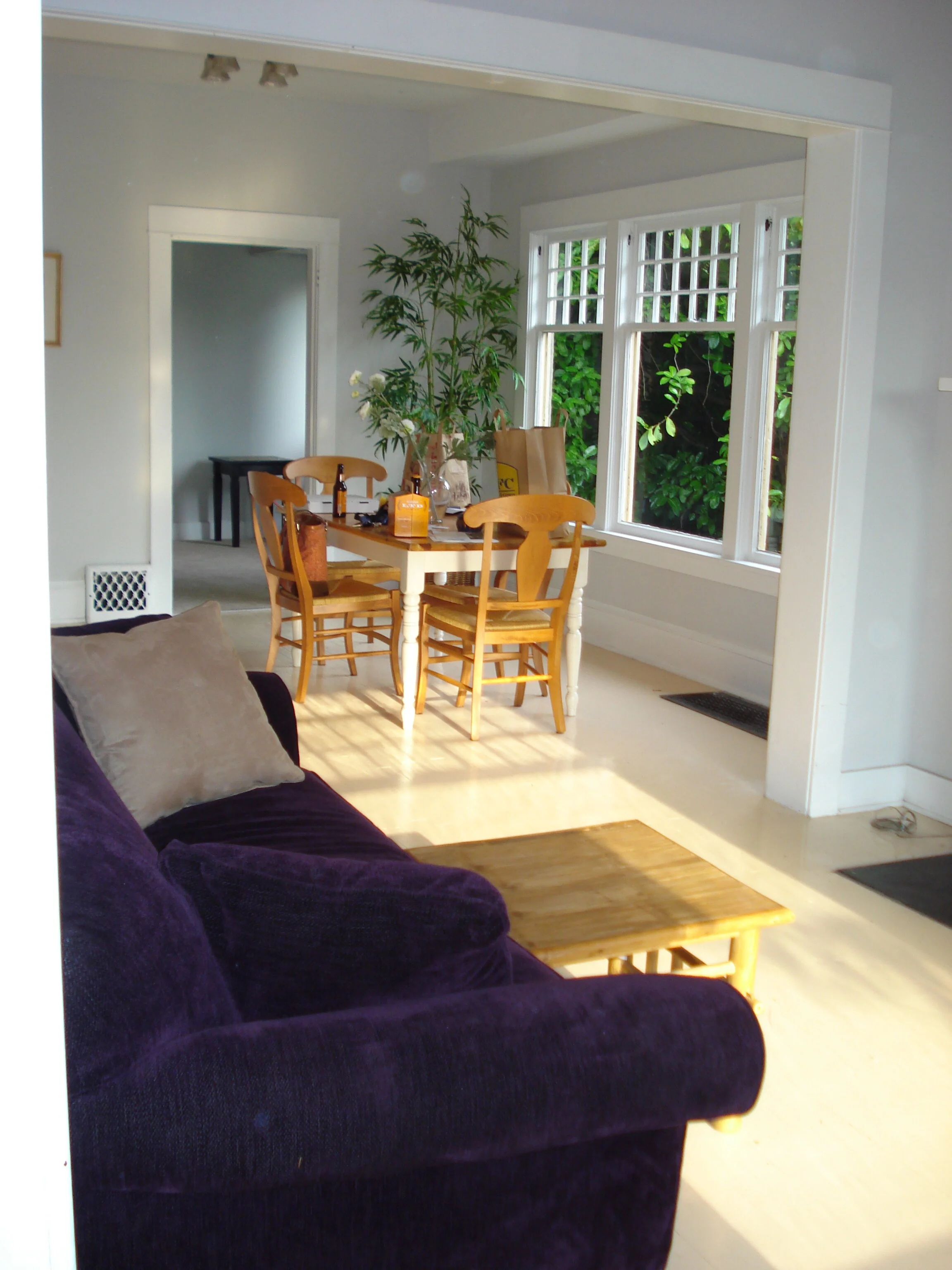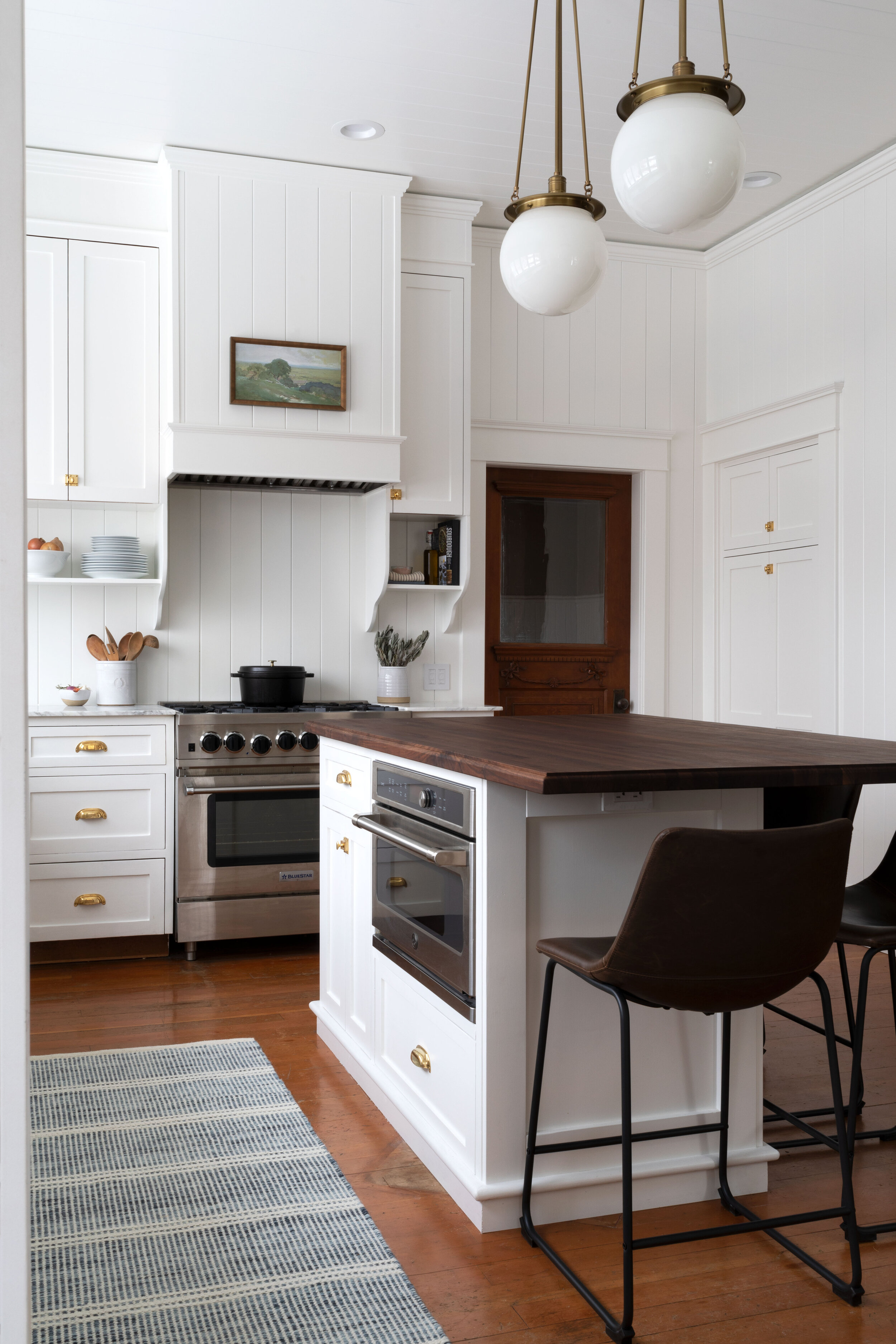Finding Hidden Value in a House
by Garrett
We didn’t really know what we were getting into when we bought our first fixer in Seattle waaaay back in 2008. But 7 homes and 14 years later, we’ve come to appreciate some overlooked and under-valued features of houses. If you’re in the market for a house, whether it’s your first or your fourth, there’s probably one or two ideas in this post that will be useful during your hunt.
*Thanks to It’s Home for sponsoring this post! It’s Home (NMLS #167283) is a lender marketplace where you can find and compare mortgages matched to your profile. Check out It’s Home if you’ll be financing your home purchase.
Before we dive in, a couple big picture points. If you’ve been reading the Grit and Polish for awhile you might already know that we were buying, renovating, and renting old houses before we became bloggers and we have a pretty hands-on, DIY, approach to this process. (If you’re interested you can check out a little more about that here.) But whether you’re looking to do work yourself or not, the home features we’re talking about today still apply. So without further ado, here are 4 often overlooked and under-valued things we look for in a home!
Unfinished spaces
This first one is pretty straight forward but easy to dismiss as you’re touring a home. Many of the older homes in our area have an unfinished basements that were originally constructed to house the coal or wood fired heating systems. Sometimes they are unbearably creepy and might even feel like a negative as you wander down amidst the cobwebs. But finishing out a basement is usually the least expensive way to increase the square-footage of a home. Key things to look for in unfinished basements are signs of water intrusion, condition of the slab, and clearance from floor to the bottom of the joists. If the basement is dry and 7’0” you’re golden.
We turned the 500sf Ravenna House’s unfinished basement (shown above mid-reno) from creepy into a family room, laundry room, bathroom, and 3rd bedroom. It was a relatively inexpensive remodel and a HUGE feature when we went to sell the house!
Mechanical updates
These are easy to discount because they are literally behind a wall or under the ground but replacing systems like plumbing, electrical, and heating can be quite expensive. A new side sewer connection can cost $10-$20K or more so don’t be overly distracted by the other house with more curb appeal if the systems are falling apart. Key things to look for: galvanized water supply lines (these are prone to corrosion and develop leaks and/or restrictions over time). Knob and tube wiring, which is a fire hazard. Age of heating/cooling system, newer the better but anything over 20 years will likely need replacing soon. Side sewer is the one inspection we always do because replacing them is expensive and we can’t do it ourselves!
Location
Yes obviously real estate is all about location but there are some finer points on this topic we think about now when evaluating a property. Key things we’re looking at besides general neighborhood… (1) Aspect. Is the home on the north face of a hill in Seattle? It might be lucky to get any direct sunlight in the depths of winter. The same house at the top of the hill may get just enough more light to maintain sanity until Spring. (2) Corner lots. These offer two sides without adjacent structures so will generally allow more light as well. (3) Parks or other open spaces nearby. A park across the street makes a city lot with no yard more livable (and you’re not on the hook for the yardwork!). (4) Walkability. Can you walk to anything cool (bonus if it’s a brewery!)? We’ve found that having a park, eatery, walking/running path and/or grocery store within walking distance raises our activity level and enjoyment.
Development potential
The zoning which governs the types and quantity of units you can have on the property may not seem like a hugely relevant detail when looking for a new home but it can pay big dividends down the road. There may come a time when a mother-in-law basement suite or detached accessory dwelling unit would be really helpful for aging parents or extra income. Or perhaps you’d like to move to a new location and want to add units to create a duplex or triplex. The zoning designation determines what, if any, of these are possible. Key things to look for in development potential… (1) Zoning designation. Higher density zoning means more possibilities and greater income potential. (But on the flip side, it also means a greater chance your neighbor’s cute house gets torn down and turned into townhouses.) (2) Lot size. Bigger lots will generally have more potential. Double lots and sometimes grandfathered tax parcels are highly desirable. (3) Lastly properties in close proximity to existing commercial zones or other higher intensity uses such as by a hospital, transit hub, or on an arterial, are more likely to be re-zoned in the future resulting in a windfall.
Hopefully these are some useful ideas that are a little different from the traditional criteria of bedroom count, kitchen condition etc. Ultimately the house you live in is a home and not necessarily an investment. But is nice if you can maximize the two!
If you are in the market for a new home, check out It’s Home. Whenever we need financing for a home purchase we shop around for the best rates and IT’s Home is a lender market place that lets you compare rates, fees, and features that are tailored to your personal situation.


